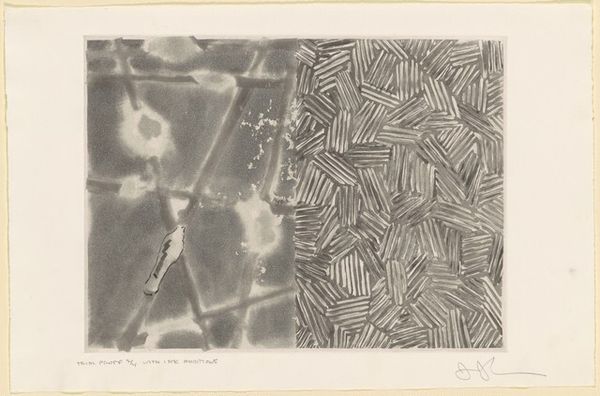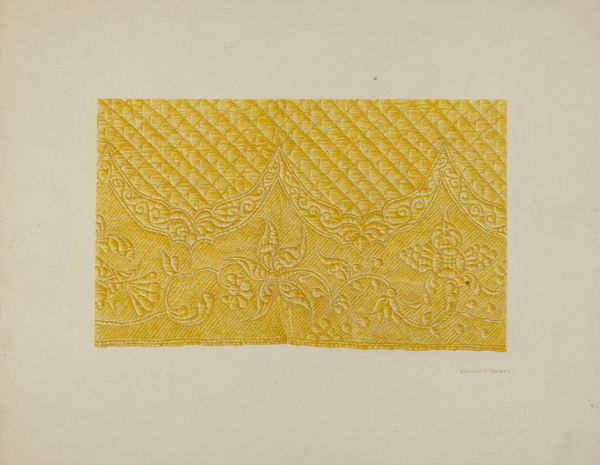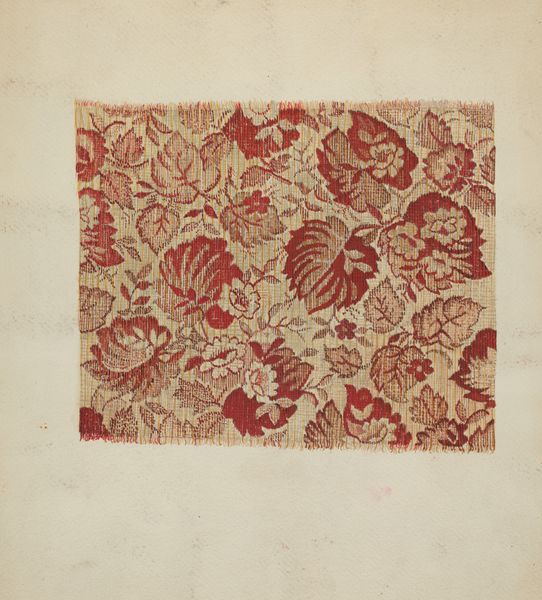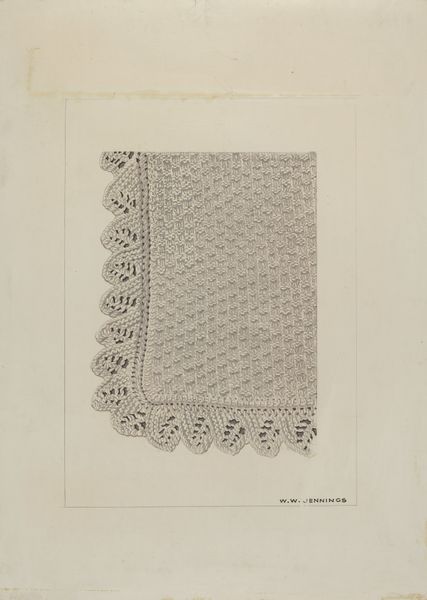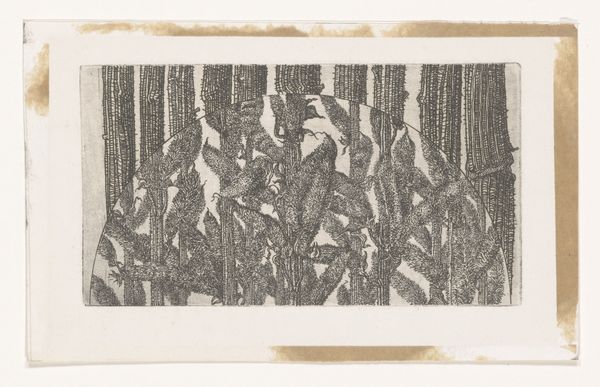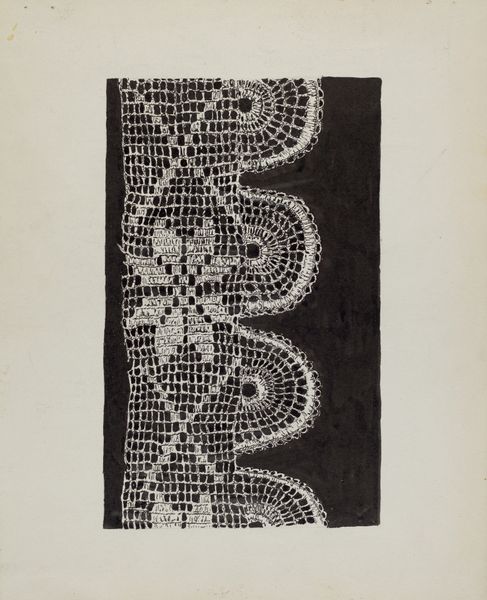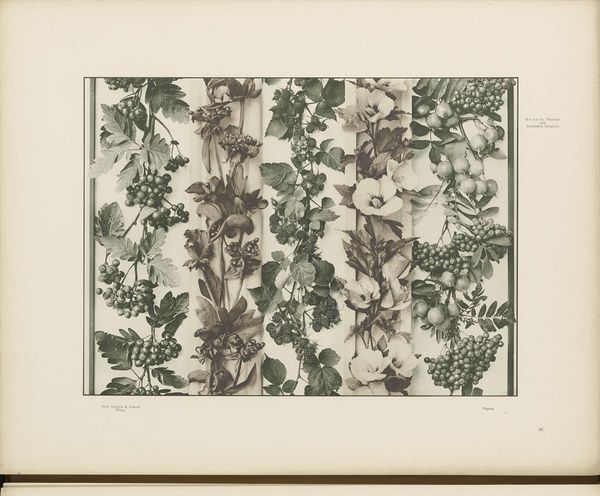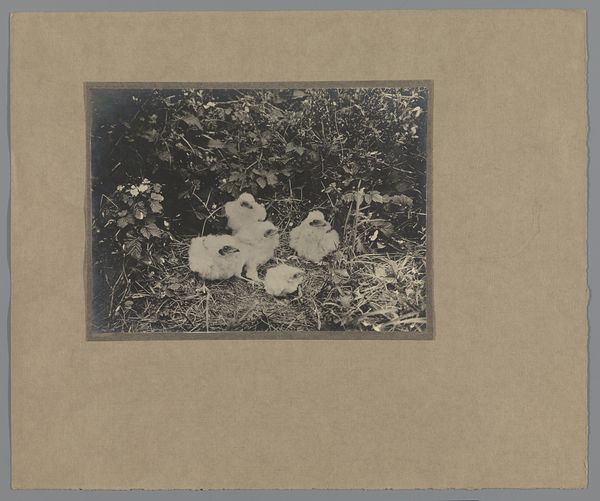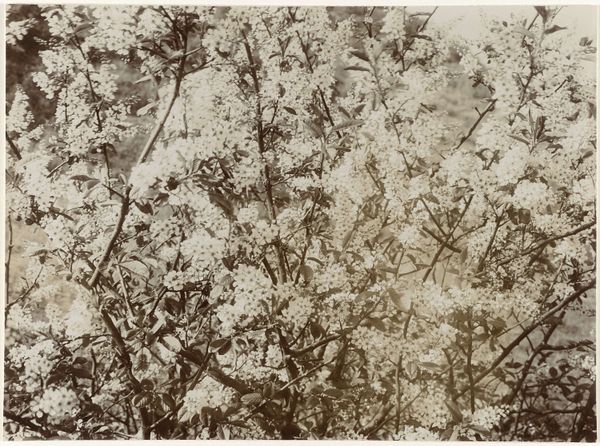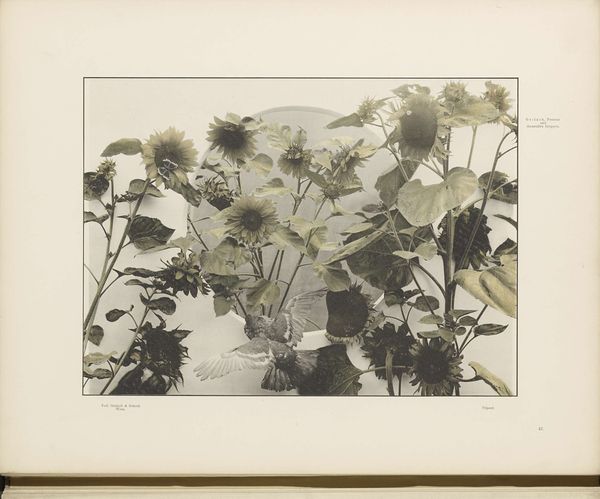
print, textile, photography, gelatin-silver-print
# print
#
textile
#
photography
#
romanticism
#
gelatin-silver-print
Copyright: Public Domain
Curator: My first impression is of ethereality, almost ghost-like. The delicate floral patterns seem to float on the surface. Editor: Today we are looking at “Lace,” a gelatin-silver print dating back to 1845, created by William Henry Fox Talbot. Curator: Fascinating. You can really see how the textures of the lace have been captured. The way the light filters through the gaps is lovely. How groundbreaking that Talbot chose to depict lace—something considered a domestic craft—through the new technology of photography, often reserved for portraiture at the time. Editor: Exactly. The accessibility of photography meant things like lace could now be meticulously recorded, disseminated, and perhaps even inspire mass production, changing its perceived status. Consider the labor that went into the crafting this specific sample versus its immediate availability as an image. Curator: It certainly makes one consider value. Lace was so prized for its detail, which speaks to the intensive human labor required, the very thing that photography seemed poised to render obsolete. This image straddles the handmade and the machine-made in compelling ways. Editor: Absolutely, and it also raises questions about the politics of imagery. What did it mean to elevate something like lace to the level of art through the photographic process? Who was the intended audience, and how might they have interpreted the image? I'm also intrigued about what role places like The Met had at the time this piece was created, and what that might say about how work like this gains traction in these very specific and constructed spaces. Curator: You raise some interesting points. What I'm thinking is this piece could almost be a proto-photogram, in that it emphasizes surface and texture so meticulously using chemical means. It disrupts the traditional hierarchy that put painting on a pedestal. I would love to feel its textures... Editor: For me, reflecting on this has highlighted the complex relationship between technological progress, the means of production, and our perception of what constitutes art. Curator: Agreed. It is much more than meets the eye and is now giving me pause as I try to rethink artistic processes.
Comments
No comments
Be the first to comment and join the conversation on the ultimate creative platform.
